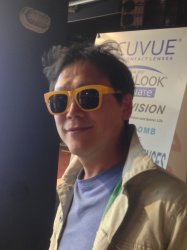BibTex format
@article{Clarke:2020:1367-2630/ab7ddd,
author = {Clarke, J and Sahium, P and Khosla, K and Pikovski, I and Kim, M and Vanner, M},
doi = {1367-2630/ab7ddd},
journal = {New Journal of Physics},
pages = {1--32},
title = {Generating mechanical and optomechanical entanglement via pulsed interaction and measurement},
url = {http://dx.doi.org/10.1088/1367-2630/ab7ddd},
volume = {22},
year = {2020}
}

